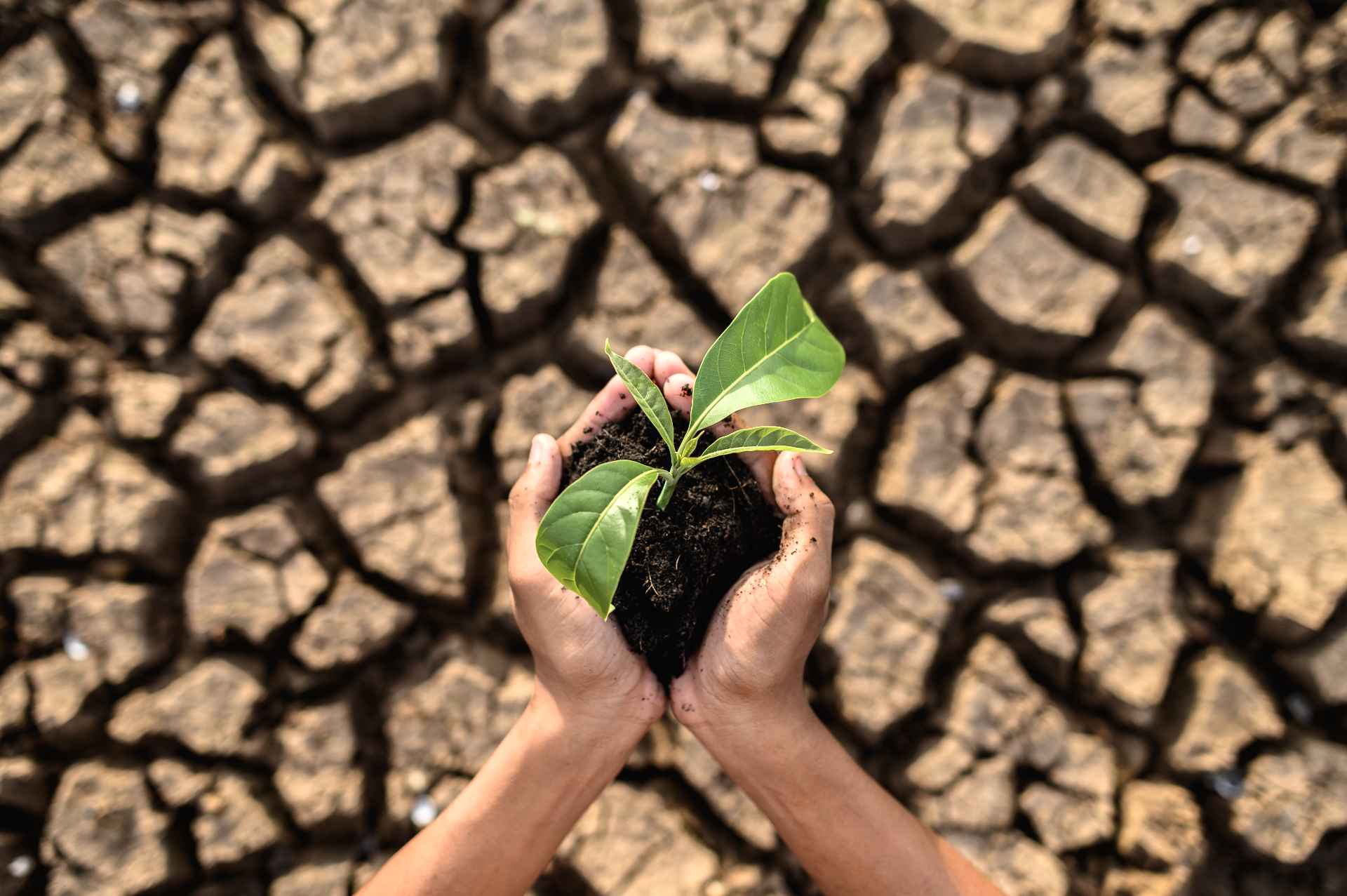Exploring the Effects of Global Warming: Understanding and Embracing Plantations
IntroductionHello there, young minds! Today, we embark on a journey to explore the fascinating yet concerning phenomenon known as global warming. As the temperature of our planet continues to rise, it’s crucial for school children like you to understand the effects of global warming and the significant role that plantations play in combating this issue. So, let’s dive in and unravel the mysteries of global warming together!
What is global warming?Global warming refers to the long-term increase in Earth’s average surface temperature, primarily caused by the buildup of greenhouse gases in the atmosphere. These gases, such as carbon dioxide, methane, and nitrous oxide, act like a blanket, trapping heat and preventing it from escaping into space. The main culprit behind the increase in greenhouse gases is human activities, including the burning of fossil fuels, deforestation, and industrial processes.
The Effects of Global Warming:- Rising Temperatures: Global warming leads to rising temperatures, causing heatwaves, droughts, and heat-related illnesses. It disrupts the delicate balance of ecosystems and threatens the survival of various plant and animal species.
- Melting Ice Caps: As the planet warms, ice caps and glaciers melt, contributing to rising sea levels. This can lead to coastal flooding, the displacement of communities, and the loss of valuable habitats.
- Extreme Weather Events: Global warming intensifies extreme weather events such as hurricanes, cyclones, and typhoons. These events are becoming more frequent and more destructive, affecting both human lives and the environment.
- Changes in Rainfall Patterns: Climate change alters rainfall patterns, leading to irregular precipitation. Some regions experience heavy rainfall and flooding, while others face severe droughts and water scarcity—impacting agriculture and food production.
- Loss of Biodiversity: Global warming poses a serious threat to biodiversity. Many plant and animal species struggle to adapt to rapidly changing conditions, resulting in habitat loss and a decline in species diversity.
- Carbon Sequestration: Trees are nature’s superheroes! They absorb carbon dioxide from the atmosphere through photosynthesis, helping to reduce the concentration of greenhouse gases. By planting more trees, we can effectively combat global warming.
- Cooling Effect: Trees provide shade and help cool the environment through a process called evapotranspiration. They release moisture into the air, creating a cooling effect that can counteract the urban heat island effect and mitigate rising temperatures.
- Protecting Ecosystems: Plantations and reforestation efforts play a vital role in protecting ecosystems and preserving biodiversity. Trees provide habitats for countless species, promoting the survival of diverse plant and animal life.
- Preventing Soil Erosion: Trees help prevent soil erosion by holding the soil in place with their roots. This is particularly crucial in areas prone to landslides and erosion, as it helps maintain fertile soil for agriculture and prevents sediment runoff into water bodies.
- Enhancing Air Quality: Trees act as natural air filters, absorbing harmful pollutants and releasing clean oxygen. By planting trees, we improve air quality and create a healthier environment for all living beings.
Understanding global warming and its effects is essential for school children like you. It empowers you to make informed decisions and take action to protect our planet. Remember, each one of us can contribute to mitigating global warming by supporting reforestation efforts, planting trees, and adopting sustainable practices in our daily lives.
So, let’s be the guardians of our Earth and embrace the power of plantations. Together, we can Create a greener and more sustainable future for generations to come!


